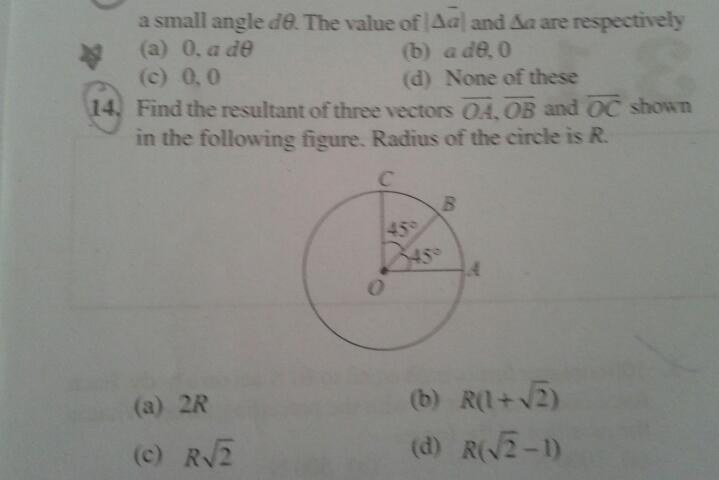CBSE XI Science Physics Motion in a Plane
please solve Q14)

For Franchisee Enquiry
or
You are very important to us
For any content/service related issues please contact on this number
93219 24448 / 99871 78554
Mon to Sat - 10 AM to 7 PM
